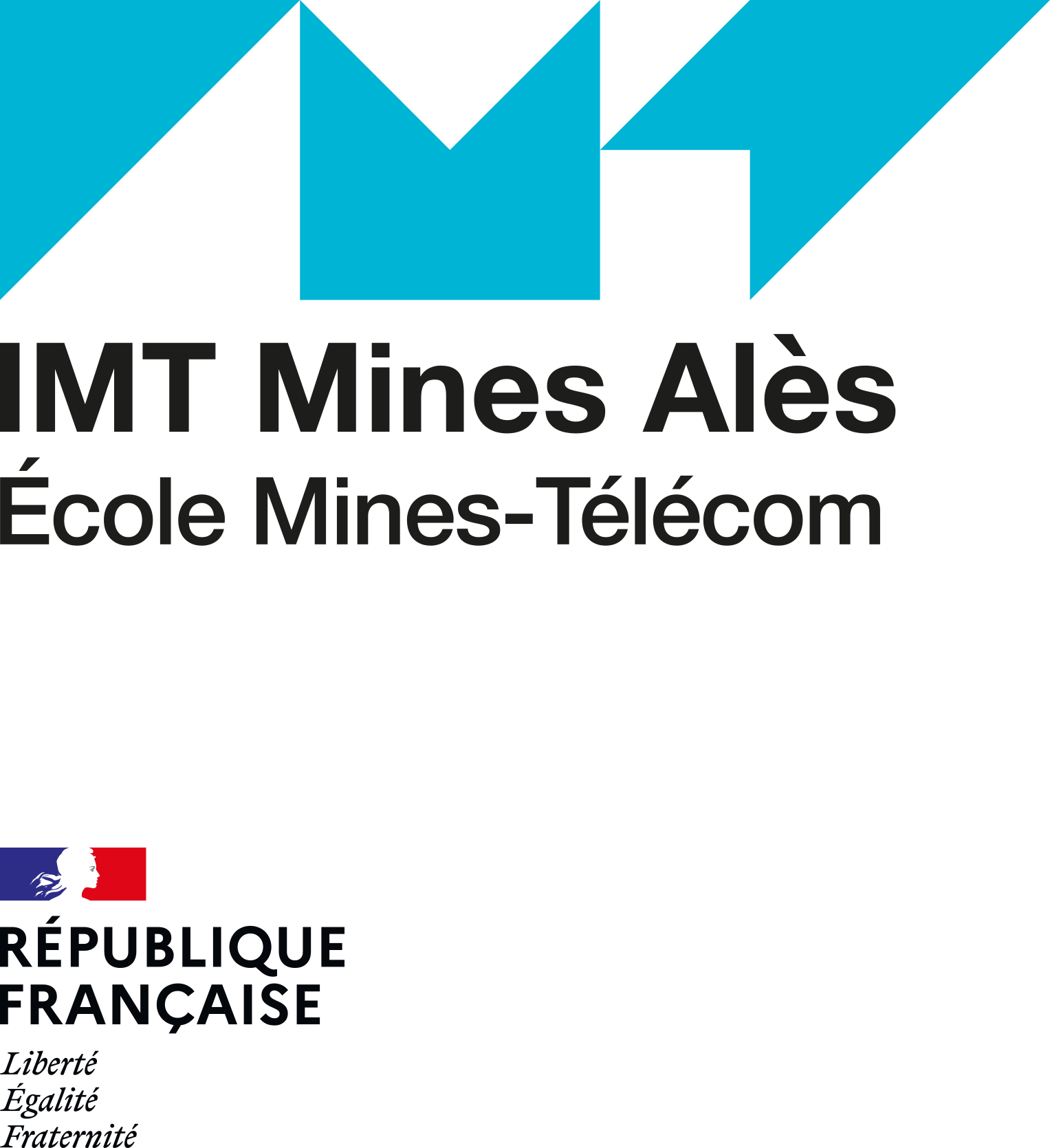Résumé de la thèse :
Le ressuage des matériaux cimentaires est un phénomène pouvant être visible par une épaisseur d’eau en surface, et invisible par le piégeage d’une partie de l’eau devant remonter en surface par les particules de ciment et par les granulats. Il se produit à l’état frais, mais pourrait avoir des conséquences à l’état durci. L’objectif de ce travail de thèse est d’étudier le phénomène de ressuage à l'échelle de la pâte cimentaire, ainsi qu’à l’échelle du mortier. L’effet de la dispersion apportée par la variation du rapport E/C, par la vibration et par l’adjuvantation est étudié. Il semble que le ressuage causé par l’adjuvantation induit une hétérogénéité importante dans la pâte cimentaire qui affecte la microstructure et les propriétés à l’état durci. A l’échelle du mortier, une estimation du ressuage interne a été réalisée. L’adjuvantation, qui permet de libérer l’eau piégée au sein des agglomérats, induit un ressuage interne plus important. Ce ressuage interne affecte la microstructure à travers une porosité accrue au niveau des interfaces.
Abstract :
The bleeding of cementitious materials is a phenomenon that can be visible through a thickness of water at the surface and invisible by bleed water trapped between flocculated cement particles and aggregates. It occurs in the fresh state, but could have consequences in the hardened state. This work aims to study the bleeding phenomenon at the cement paste scale, as well as at the mortar scale. The effect of the dispersion induced by the variation of the water to cement (w/c) ratio, by vibration and by admixture is studied. It seems that bleeding caused by admixture induces significant heterogeneity in the cement paste which affects the microstructure and properties of the hardened material. At the mortar scale, the internal bleeding was assessed. The addition of superplasticizer, which allows releasing the water trapped between agglomerates, increases the internal bleeding. This internal bleeding affects the microstructure through increased porosity at the interfaces.


